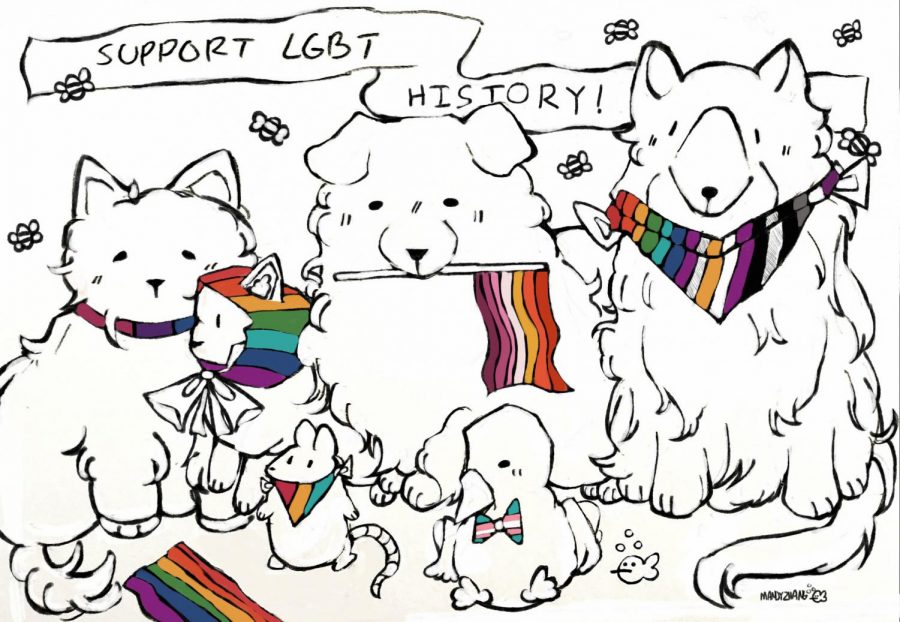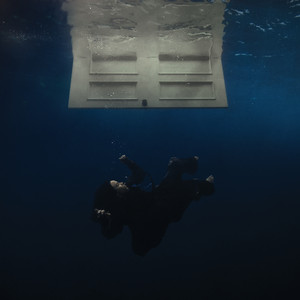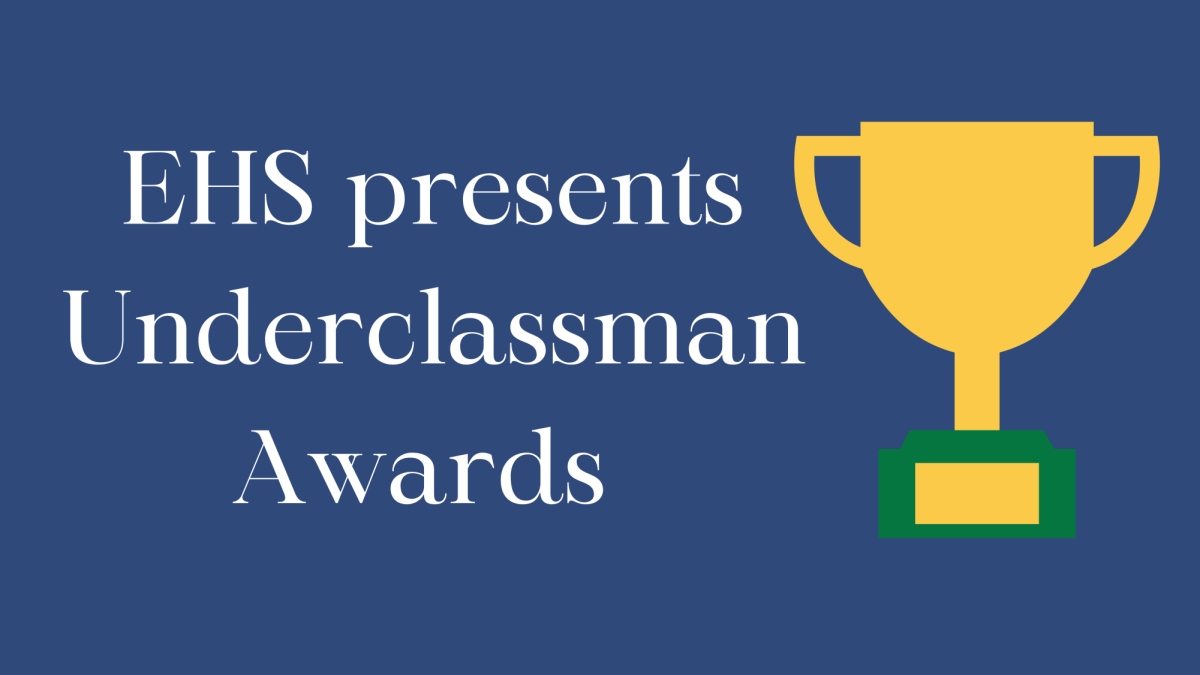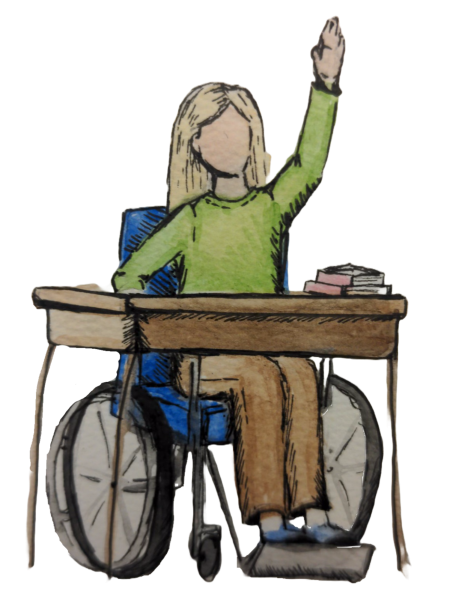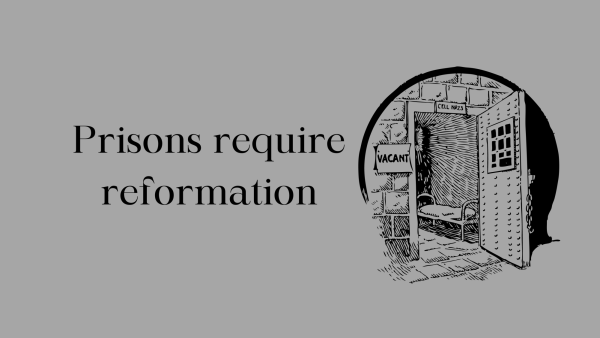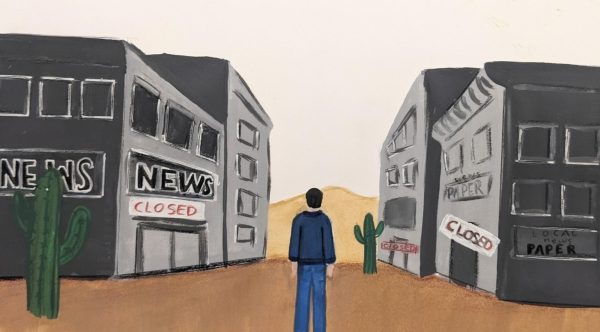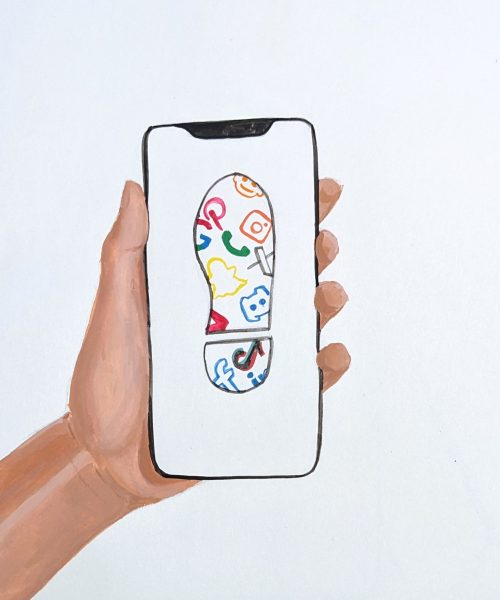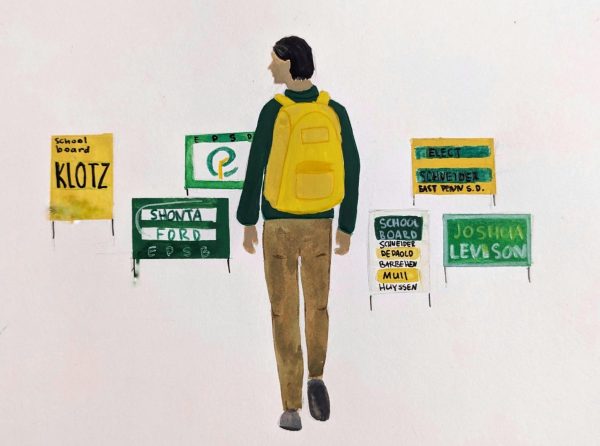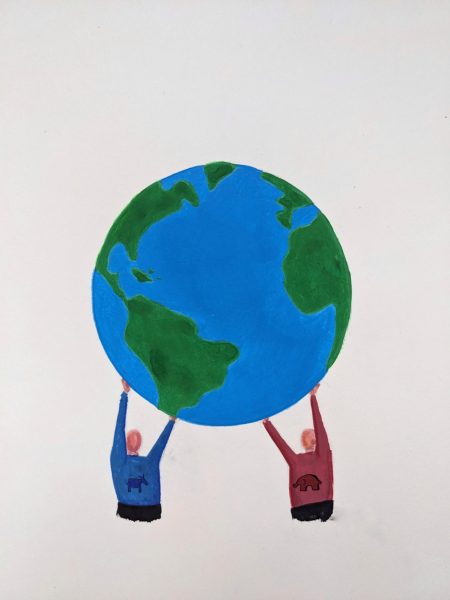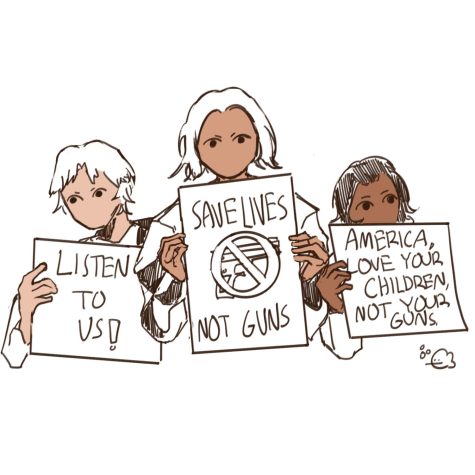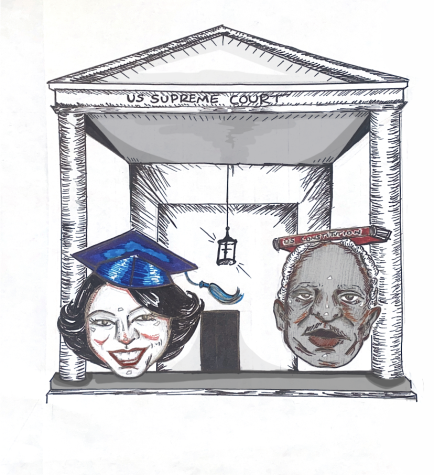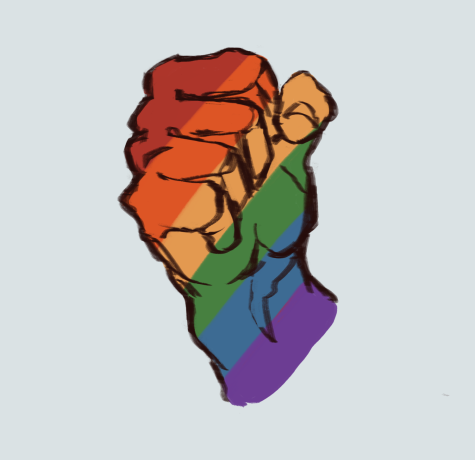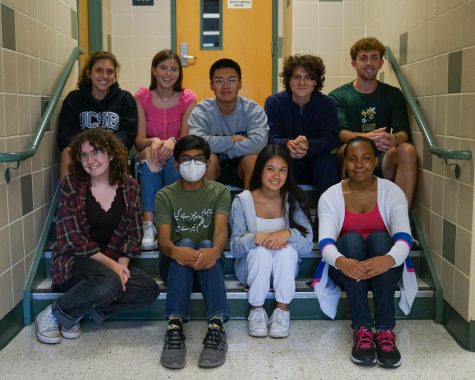LGBTQ+ history is American history
November 5, 2021
This previously ran in our October 2021 print issue.
This year, Scotland is finally the first country to require a nationwide LGBTQ+ curriculum in public schools. These lessons are inclusive of topics such as same-sex marriage, same-sex parenting, homophobia, biphobia, transphobia and the AIDS and HIV epidemic. Teachers are required to take e-learning classes to further advance their knowledge and be able to teach these topics correctly to their students.
As of right now, only five states legally require LGBTQ+ history lessons to be taught in schools: California, New Jersey, Colorado, Oregon and Illinois. California was the first state with the passage of the FAIR Education Act in 2019. The act ensures that historical contributions of people from the LGBTQ+ community are accurately shown in instruction. Even under these guidelines, it is still up to the local school board members and school districts to decide what is taught and what is not. Still, according to Erik Adamian, associate director of education for the ONE Archives Foundation, less than 20% of the state incorporates the lessons.
Yet, students in public schools can greatly benefit from the implementation of LGBTQ+ inclusive curriculum.
Many people have reported being bullied or unable to be themselves in school, due to the fear of discrimination, stigma, or marginalization. 90% of LGBTQ+ students have reported hearing anti-LGBTQ+ comments in school. One third of these comments are made by staff members. According to the Centers for Disease Control and Prevention, acts of sexual violence tend to affect lesbian, gay and bisexual people at higher rates than straight people. The Human Rights Campaign reports that studies suggest that nearly half of transgender people and bisexual women will experience sexual violence at some point in their lifetimes.
LGBTQ+ History, a resource that strives to educate readers of LGBTQ+ history, provides a few examples of how to incorporate the lessons. While teaching students about the Holocaust and the prosecution of Jewish communities, teachers also discuss that Hitler targeted people who were gay and lesbian. Very similarly to Martin Luther King Jr. and how he fought and died for civil rights, Harvey Milk advocated for gay rights and was also assassinated because of his advocacy. Adding these topics, and plenty of others, does not change much of the coursework at all. Simply put: our schools are simply expanding on subjects already taught, but they are making them more inclusive.
Avoiding the subject of non-cisgender people in history in America’s school curriculums is not going to erase the impact that these extraordinary people have made on our lives and the way we live today. All of American history, or world history, cannot be taught without including the history of LGBTQ+ individuals.
Creating the space for open conversation about LGBTQ+ topics allows for all students to step back and realize the impacts of their own actions. The amount of times the word “gay” has been used as an insult is absolutely unacceptable. More than 98 percent of LGBTQ+ students report hearing the use of “gay” in a negative way, according to a 2019 report from the Gay, Lesbian and Straight Education Network in New York. With widespread school curriculum, maybe a student will realize it’s not right to make fun of someone for being a part of the community, or maybe someone will discover they are also a part of the community. It can be an eye opener for all.
If we advertise school as a safe place, it needs to be a safe place for all.
If we want our students to understand history, we need to teach them all history.
In an 8-1 vote, our editorial board supports the viewpoint of Scotland. Why should the U.S. be any different? We need to learn about the impacts that people from the LGBTQ+ communities have made in our world, just as much as people from the straight community have.

